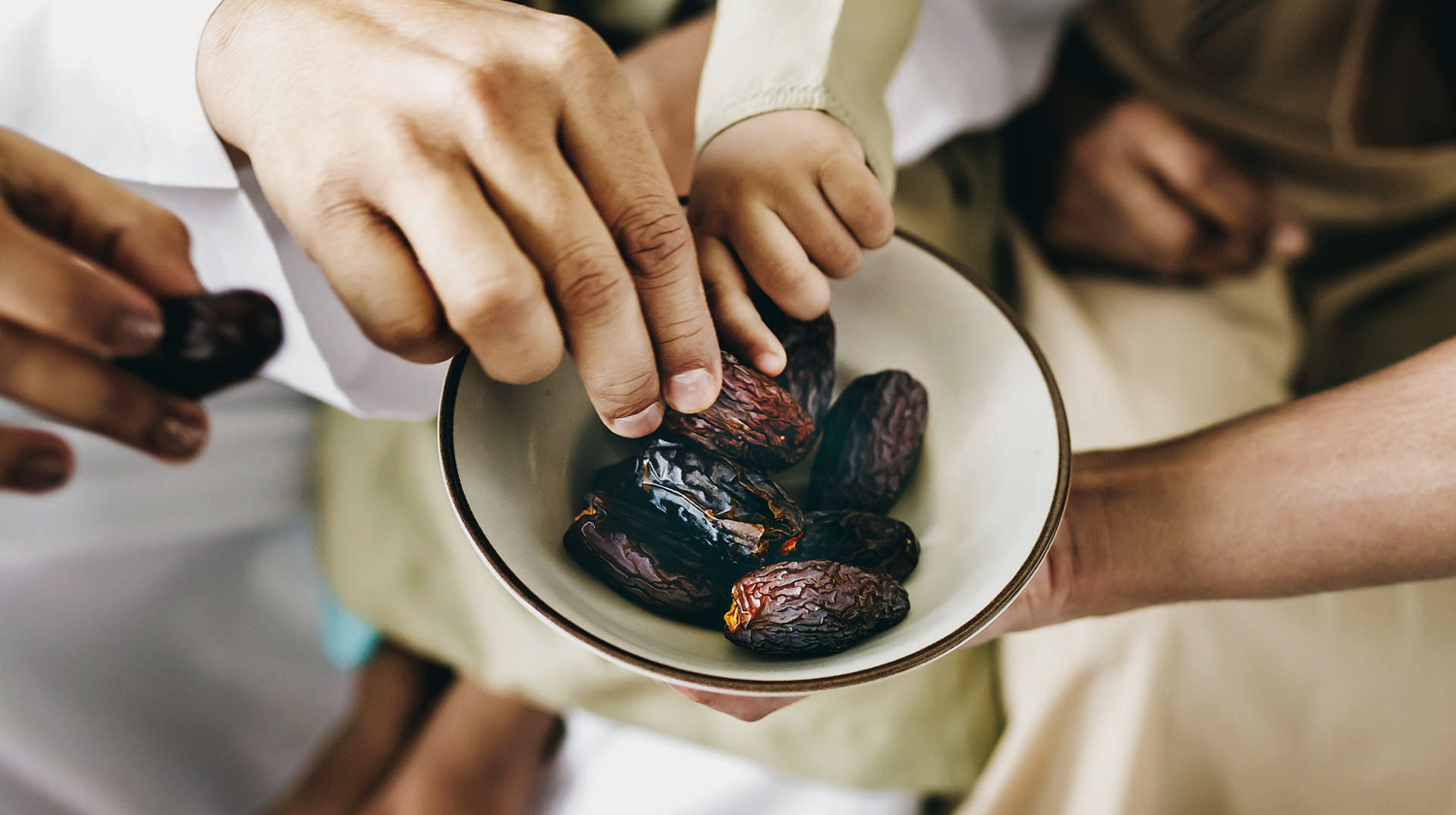

The prevalence of diabetes has been increasing throughout the world over recent decades and the estimates for 2015 indicates that there were approximately 415 million people with diabetes in the world.
The countries with the highest number of adults with diabetes in 2015 were China, India and the United States of America, with three Muslim-majority countries (Egypt, Indonesia and Bangladesh) in the top ten. There are at least 415 million people living with diabetes.
Ramadhan is the ninth month of the Islamic lunar calendar, which begins with the sighting of the new moon. The common practice during Ramadhan is fasting from dawn to sunset. The pre-dawn meal before the fast is called the suhoor, while the meal at sunset that breaks the fast is the iftar.
The Ramadhan fasting hours may vary from place to place extending from 11 to 21 hours depending upon the length and place of the fast, in Oman it is expected to be 14-15 hours of days fast.
RISKS ASSOCIATED
WITH FASTING:
Hypoglycemia: low blood sugar less than 70mg/dl
Hyperglycemia: high blood sugar greater than 300 mg/dl Dehydration
Diabetic ketoacidosis
The factors of risk assessment include type of diabetes, patient’s medication, hypoglycemia risk, presence of complications, individual work conditions.
PRE Ramadhan EDUCATION SHOULD COMPRISE OF:
Risk quantification
When to break the fast
Blood glucose monitoring
Fluid and diet advice
Exercise advice
Medication adjustment
Patients with diabetes should visit their health care centre prior to Ramadhan for risk assessment and appropriate counselling regarding diet, activity and medications for fasting safely during the holy month.
During Ramadhan, the meals are comprised of Suhoor or the predawn meal and Iftar, the sunset meal.
SUHOOR: The predawn meal ideally should be taken 30 minutes prior to first prayers (FAJR). It is sunnah to have suhoor. It should comprise of healthy long lasting meal comprising of complex carbohydrate cereal and protein. Some of the choices can be wholemeal bread, brown rice, quinoa, bulgur, oats etc with milk, lean meats, nuts, lentils, beans or eggs. Suhoor nourishes the body with nutrients needed to stay active all day. Do not eat suhoor meal at night and sleep. It causes gastritis and also increases hours of fasting resulting in fatigue and tiredness and increased risk of hypoglycemia.

IFTAR: The most awaited meal of Ramadhan wherein family and friends get together to enjoy the blessings and the joy of Ramadhan. The ideal way of breaking fast is with dates and water, fruits add up to the needed vitamins and minerals providing hydration. Try to keep iftar meal small and simple comprising of fruits, lean meat, soups, porridge made of cereal and grains or beans with vegetables which will make the following prayers (Taraweeh) easier. Majority people prefer to eat post taraweeh a heavy meal which should be avoided in order to have a good sleep. Post taraweeh cravings can be managed by small portions of fruit, nuts, milk, yoghurt or sandwich. Everyone has their own traditional iftar meal but the criteria are always good nourishment. Additional care should be taken in case of people who are fasting in old age. Blood glucose monitoring at various times needs to be done.
ALL THE PATIENTS WITH DIABETES SHOULD BREAK THEIR FAST IF :
LOW: Blood glucose <70 mg/dL (3.9 mmoI/L),
Re-check within 1 hr if blood glucose 70–90 mg/dL (3.9–5.0 mmoI/L)
HIGH: Blood glucose >300 mg/dL (16.7 mmoI/L) .
- Pre-Ramadhan health assessment with awareness on hypoglycemia and diet management can help in having a healthy fasting and comfortable Ramadhan.
Sumaira Fatima
Dietitian & Diabetic educator
IMC-Apollo Sugar
Oman Observer is now on the WhatsApp channel. Click here



